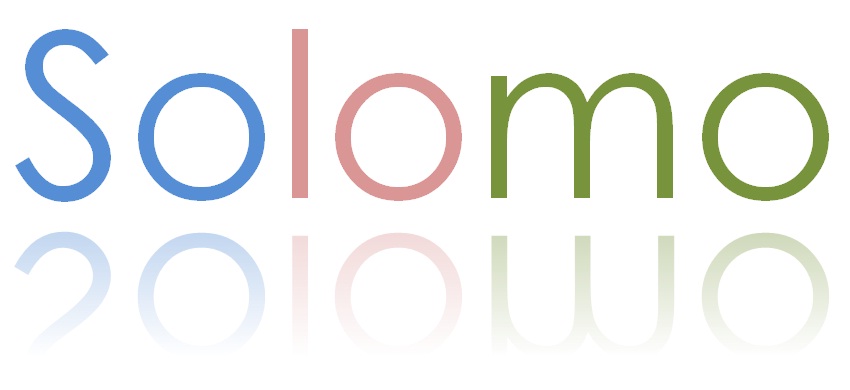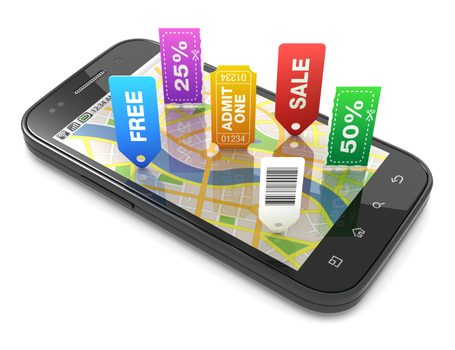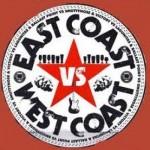“Moms who go to the zoo also tend to frequent beauty salons.”
 That’s the latest finding from JiWire, a location-based mobile media company. That deduction alone may not be earth-shattering, but it points to something larger: the emerging value of location based data. While defining audiences on mobile is nothing new, doing so based on location patterns offers deep insights into user behaviors. Whereas, traditional content targeting alone is limited to content or web category, not individual user behavior.
That’s the latest finding from JiWire, a location-based mobile media company. That deduction alone may not be earth-shattering, but it points to something larger: the emerging value of location based data. While defining audiences on mobile is nothing new, doing so based on location patterns offers deep insights into user behaviors. Whereas, traditional content targeting alone is limited to content or web category, not individual user behavior.
David Staas, interim CEO of JiWire explains, “Using location, we can see how similar audiences tend to exhibit the same patterns and compare them to other audience segments – like moms vs. dads vs. students, etc. The ability to find and create look-alike audiences is going to completely revolutionize the way people think about mobile and location.” This, because location itself is proving to be a better proxy for predicting user intent. Where a person has been is more important than the mobile apps or websites they visit.
And this is the kind of data JiWire’s capturing. The company can now provide deep insight into consumer patterns – similarities, frequency, loyalty, and more for brands or anyone using the their Location Graph. JiWire’s more than 3 billion location tags provide a unique look at how people’s behavior is interconnected with their locations and each other.
Their study is built into the infographic below, with highlights that include:
 60% of women eat at the same three restaurants each month
60% of women eat at the same three restaurants each month- Moms who go to the zoo also tend to frequent beauty salons, child care centers, counseling services and restaurants
- 23% of people who go to Peet’s Coffee and Tea also go to Starbucks
- JiWire also examined loyalty trends, finding that 43% of those who shopped at a Best Buy also shopped at a competitor’s location
In the end, this type of information is a win for consumers as well as advertisers. We get to see ads that are more relevant and timely to us, and advertisers are able to reach the right mobile audience with more meaningful messaging . It’s working, too. Beta testing partners have seen a 30% increase in click-through rates (CTR) in ads that use Location Graph data.




One Comment
Comments are closed.